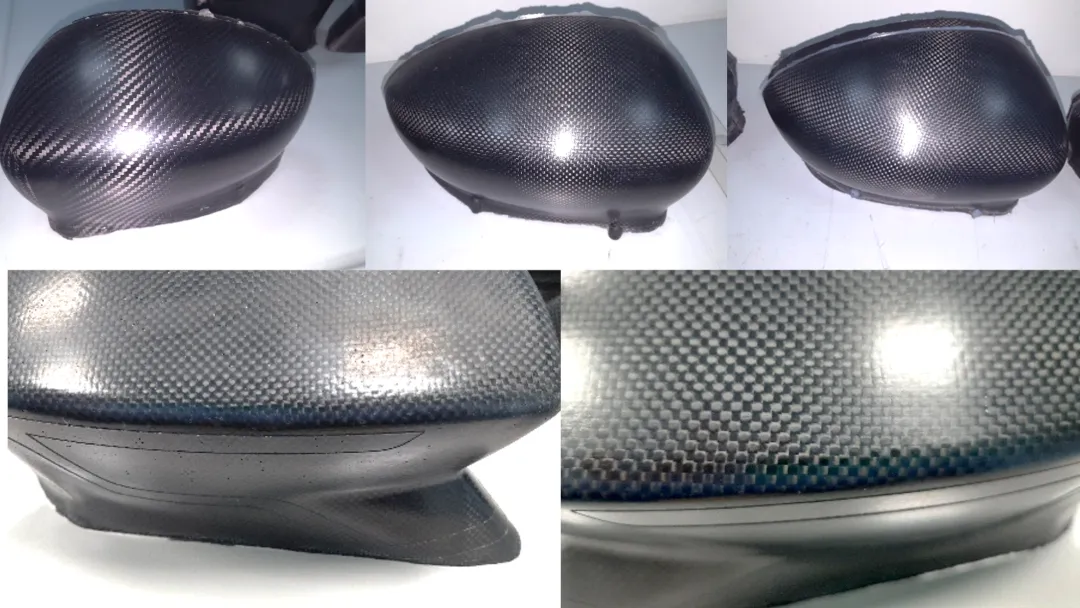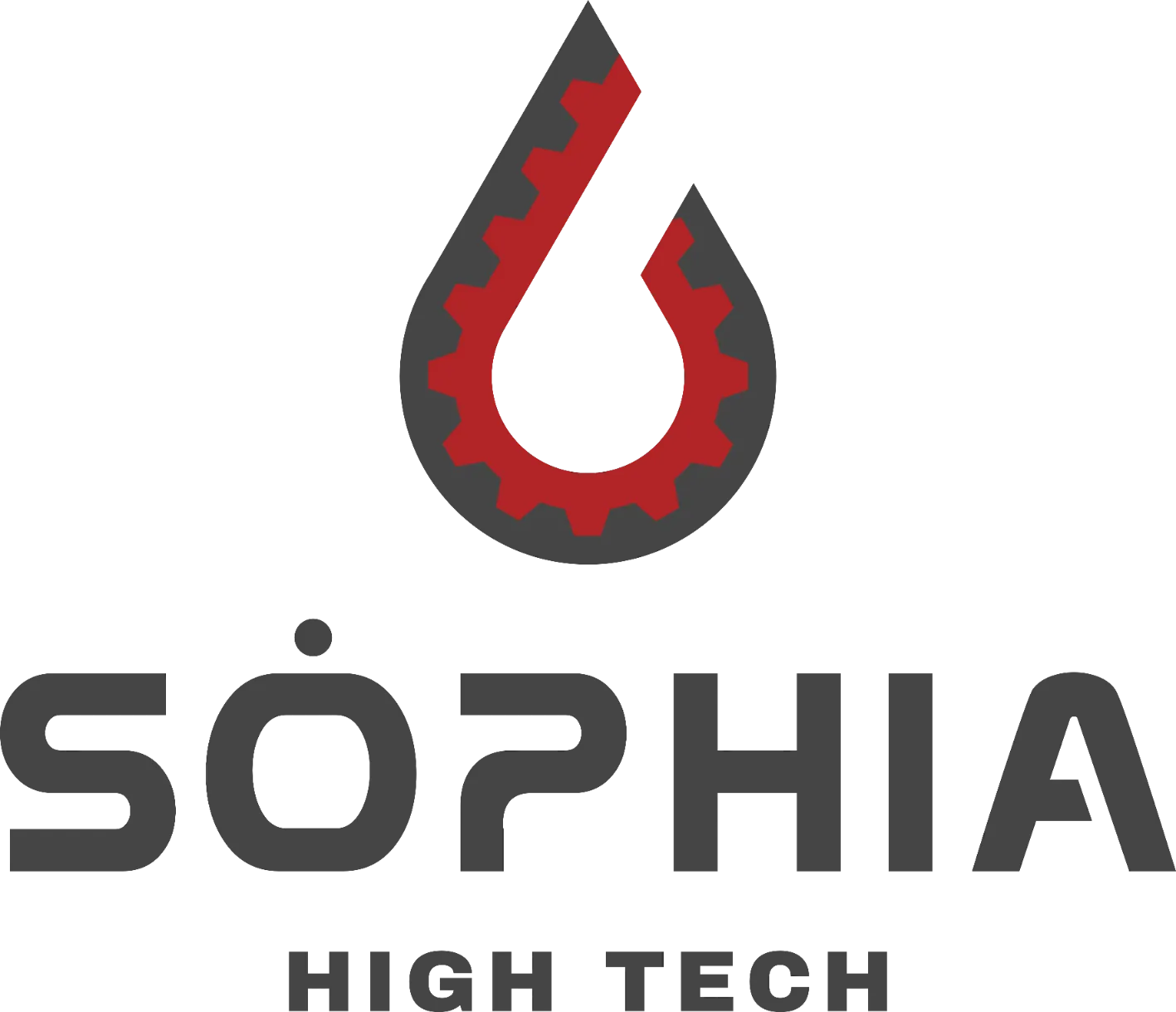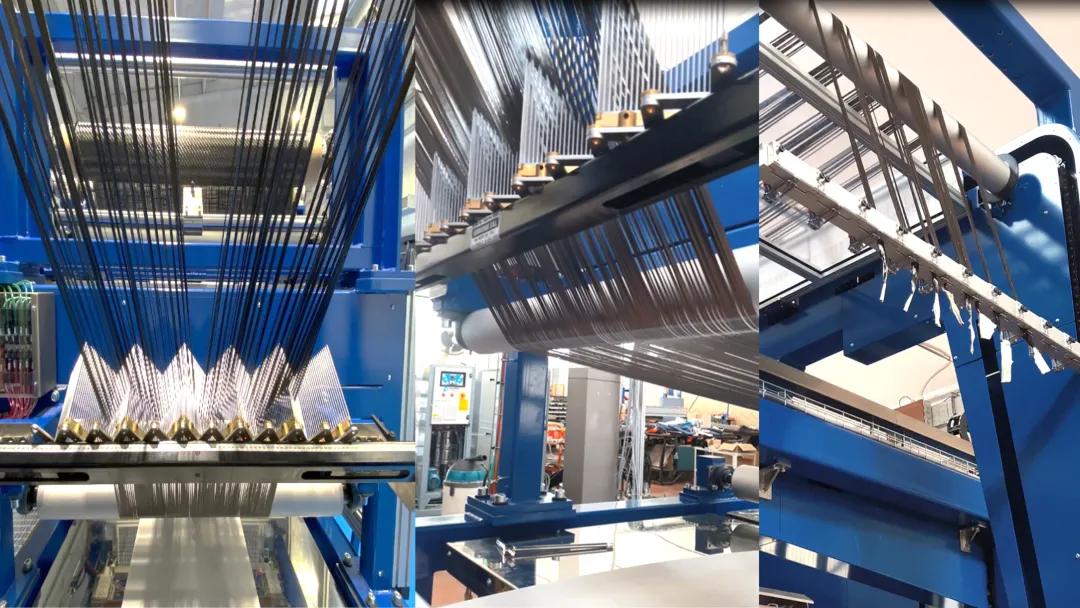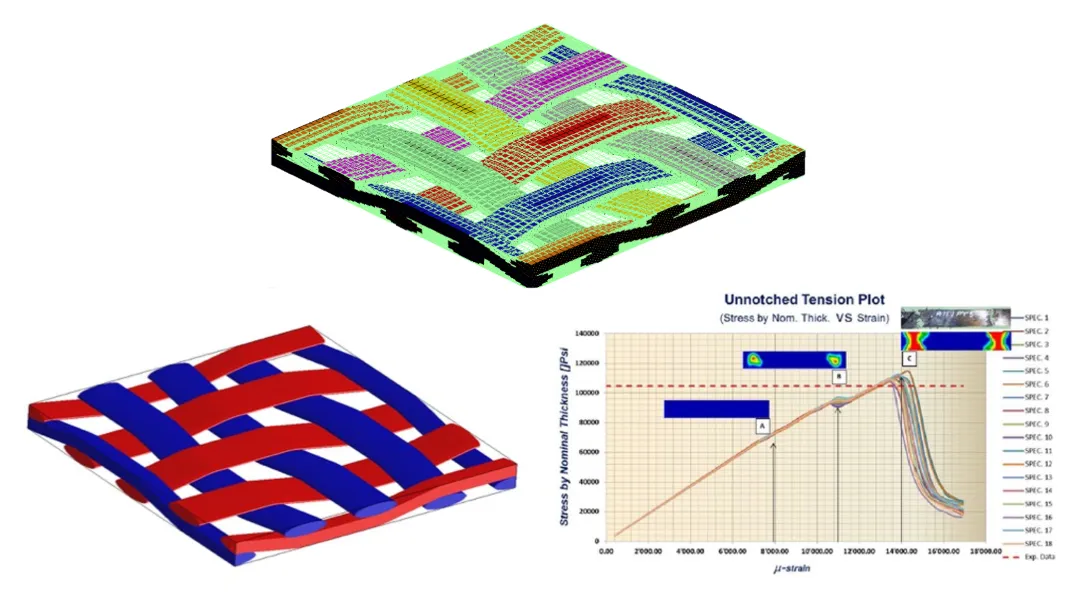ISAAC PROJECT
The purpose of the ISAAC project is the development of pre-impregnated materials with different reinforcements, having suitable and optimized characteristics to manufacture structural and non-structural components in composite material for advanced automotive applications.
The specific objective of the design proposal is to create a new product for the automotive sector, identified by the Partner TTA (belong to ADLER GROUP), with the use of advanced material, characterized and developed during the project’s implementation objectives. The idea based on AVIO patent, relating a specific formulation of matrix for the manufacture of parts in composite material, at high levels of performance, currently used and qualified for Space field.

In ISAAC, carbon fibers, impregnated with resins & additives with nano-particles were developed and tested, with the aim of increasing technical and functional characteristics. An industrial scale plant was also designed and realized, in AVIO for the production of prepregs.
The final target is the realization of several components for the automotive sector, both for structural and aesthetic applications in order to validate the characteristics of the developed materials through testing. SOPHIA HIGH TECH, has been deeply involved in the mixing of nanometric powders for the addition of resins, used for the impregnation of composite fibers.
The company was also responsible for the development, fine-tuning and validation of mathematical models, in the FEM (Finite Element Method) environment, to simulate the material behavior, in order to validate the performance of the engineered components. A numerical-experimental testing was performed on the new materials to obtain the material behavior curves. These curves were applied in the cards of FEM codes to evaluate the demonstrators/components behavior.
The new design solutions have been verified both on virtual FEM models and directly on physical prototypes through a wide experimental test campaign.





